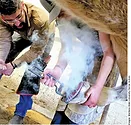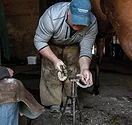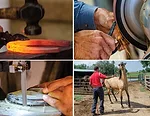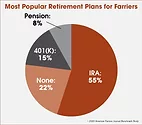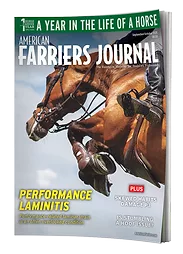Advertise Follow Us
Getting Started in Hoof Care

View Archived Issues
Thirteenth Edition (2021)
A Career Guide For The New Farrier
This special publication is published once per year by American Farriers Journal. The career guide delivers advice from farriers on how to establish and operate a successful equine footcare practice.
-
Table of Contents
Table of Contents
4 Keys for Overcoming Obstacles After Farrier School
This article was originally published July 31, 2020 and has been updated.Read MoreNew Farriers can Improve their Careers with the Success Mindset
This article was originally published August 1, 2020 and has been updated.Read MoreQuestions to Ask Before Hiring Clients
This article was originally published August 2, 2019 and has been updated.Read MoreYour Costs Help Determine the Prices You Set
This article was originally published July 27, 2018 and has been updated.Read MoreWhat’s the Best Retirement Plan for You?
This article was originally published Aug. 3, 2020 and has been updated.Read MoreOnline Extras: Career Guide 2021
Web-exclusive content that complements articles and features from issues of American Farriers Journal.Read More -
Digital Edition
Digital Edition


